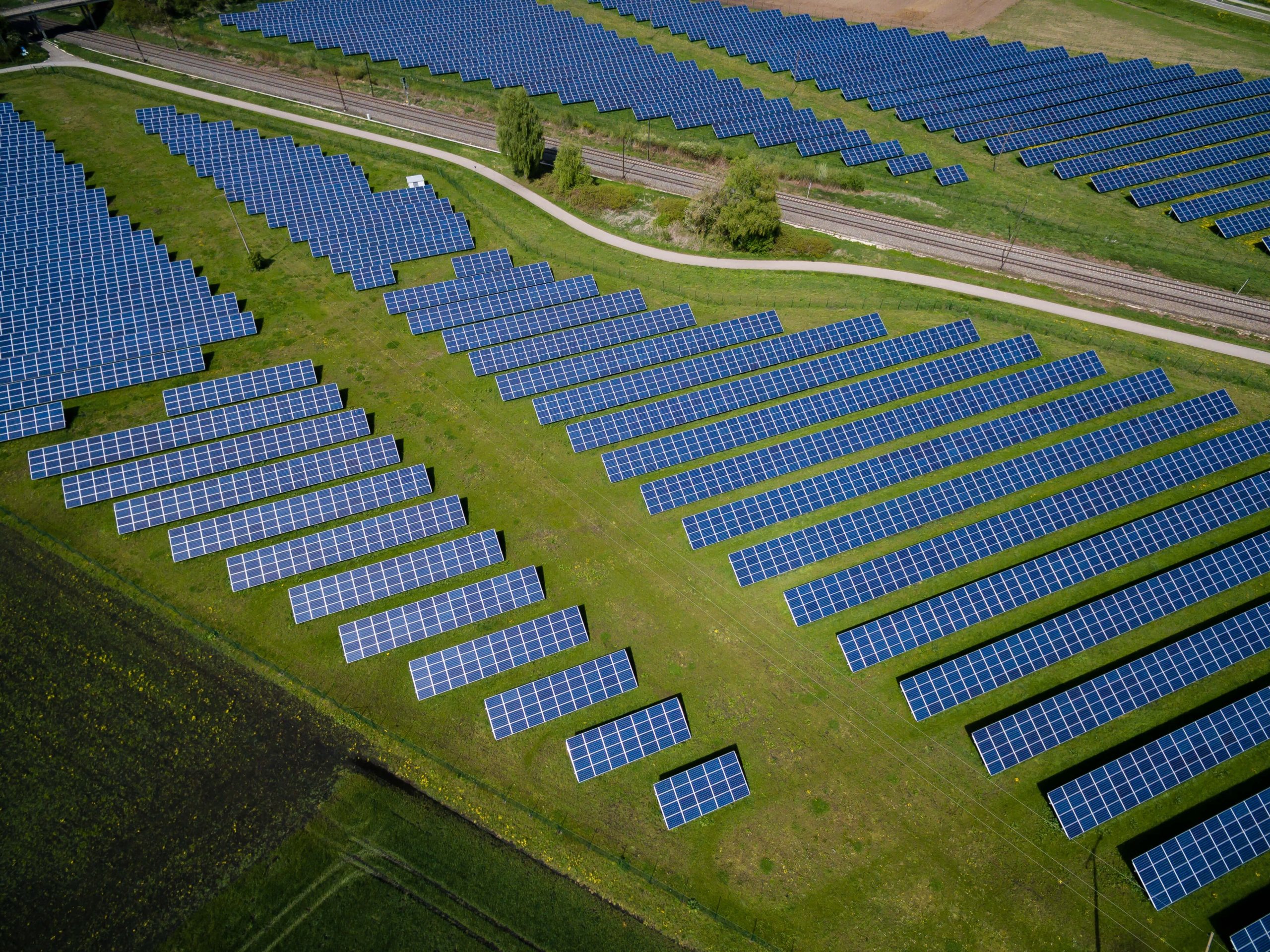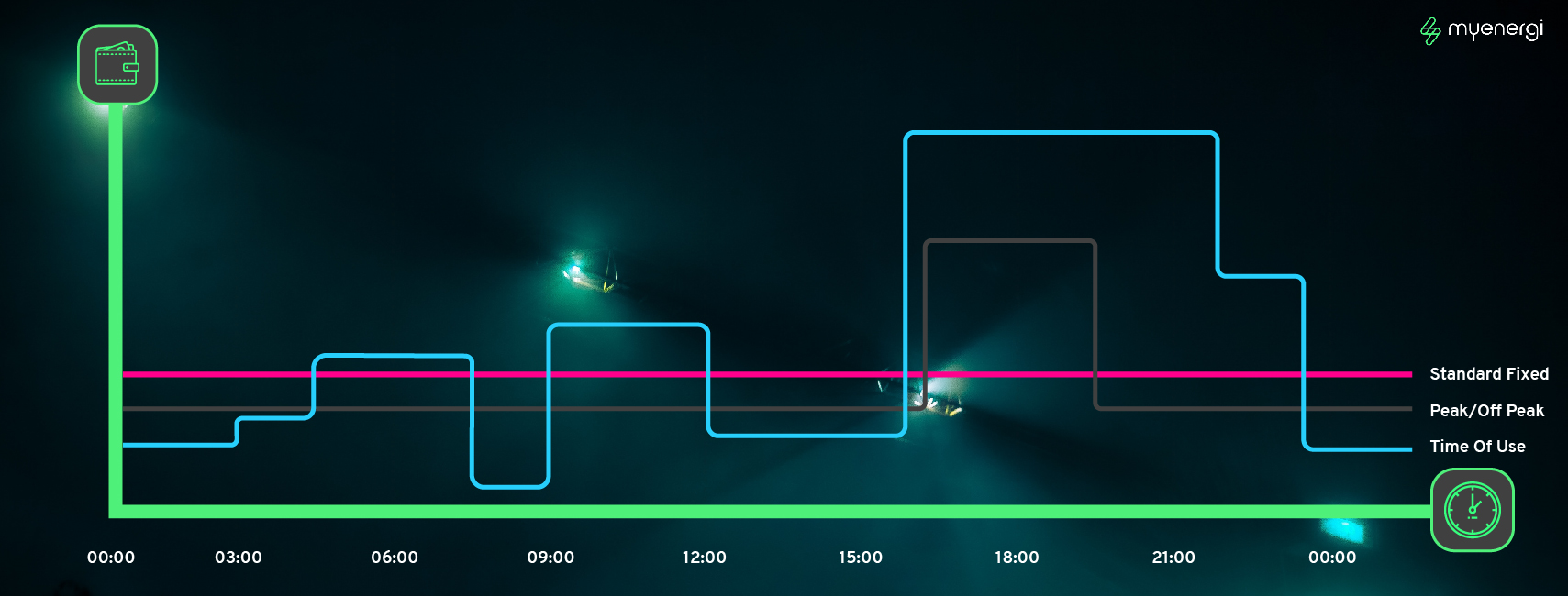Since the Paris Agreement came into effect in 2016, 175 parties have committed themselves to combat climate change and accelerate investments into a sustainable, low carbon future.
There has been a range of advances in switching to renewables since the Agreement came into play. With the Paris Agreement’s target looming over us in the next couple years to come, which countries have taken the change to renewables in their stride?
Renewable Energy by Country
Sweden
Sweden has done a fantastic job of becoming a renewable-fuelled country. They have already thrashed the targets set for them during the Paris Agreement, years ahead of schedule.
By the end of 2018, Sweden had installed around 3,681 wind turbines. This would enable them to have enough capacity to produce their 2030 target of adding 18 terawatt-hours of renewable energy.
Costa Rica
Another country on the forefront of renewable energy production is Costa Rica. 98% of their electricity was produced by green sources over the past four years. In 2018 they beat their own record when the country went 300 days using only renewable energy.
On top of this, President Carlos Alvarado Quesada has vowed to make Costa Rica the first carbon-neutral nation by 2020. He has also claimed he will decarbonise the country’s economy.
Iceland
This small island is an ideal place for sourcing its own renewable energy. The geography and geology of the country means Iceland gets the majority of its energy from geothermal and hydro-based sources.
Nearly all of the electricity in Iceland is sourced from renewable sources. 73% of it comes from hydropower, while 90% of households are heated with geothermal water. Iceland is so proficient, they create more energy than they actually use.
Germany
At the end of 2018, Germany revealed that renewables had overtaken coal as the country’s main source of energy. 40% of the country’s electricity came from green sources.
On top of this, the country is steadily shutting down its coal plants and its final nuclear power plant is scheduled for decommissioning in 2022.
China
This will certainly be a surprise entry for a lot of people due to China’s poor reputation with regards to pollution and fossil fuels. However, the country has “already surpassed its 2020 solar panel target, and the IEA says it expects the country to exceed its wind target in 2019.”
Moreover, China is no longer at the top of the list for CO2 emissions. Per capita, they ranked 7th in the world in 2016 – that’s just one position above us at number 8. Their carbon emissions were set around 6.57 metric tons whereas the USA had 14.95 metric tons.
The Future
While these countries are certainly successful in producing green and renewable energy, there is still quite a way to go. Scientists are claiming that we only have 12 years to limit climate change to avoid environmental catastrophe.
Many other countries around the world need to improve their energy sources and beat the targets set by the Paris Agreement before it’s too late.

 libbi
libbi






